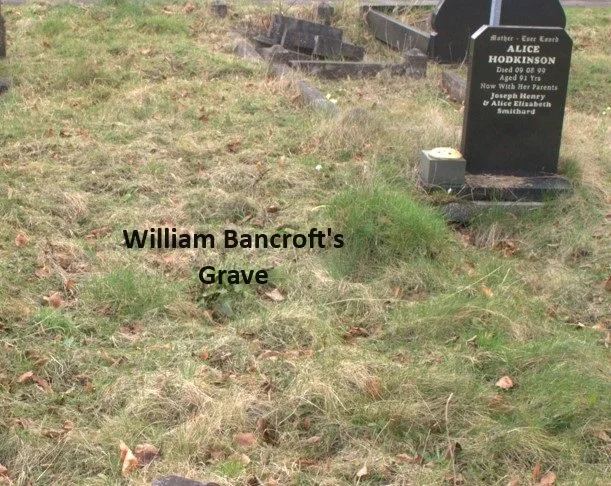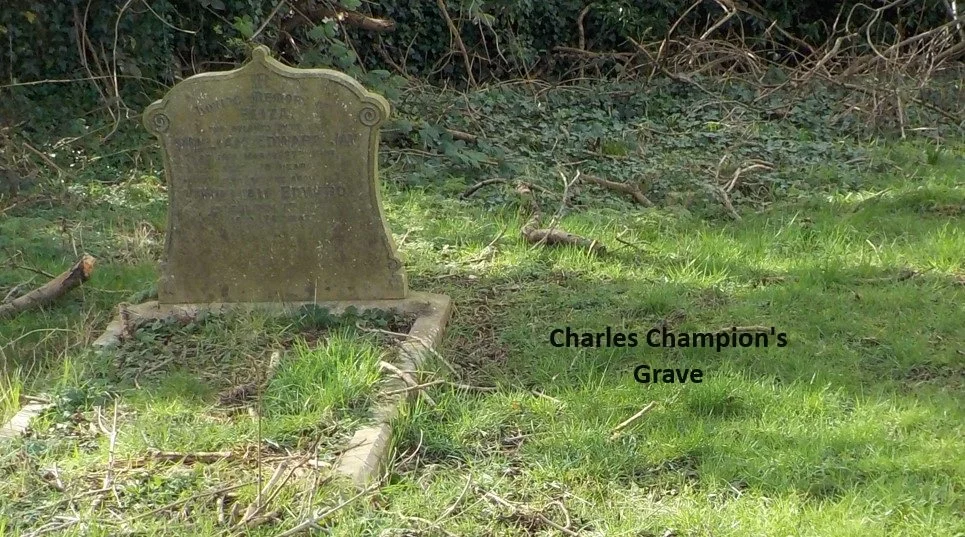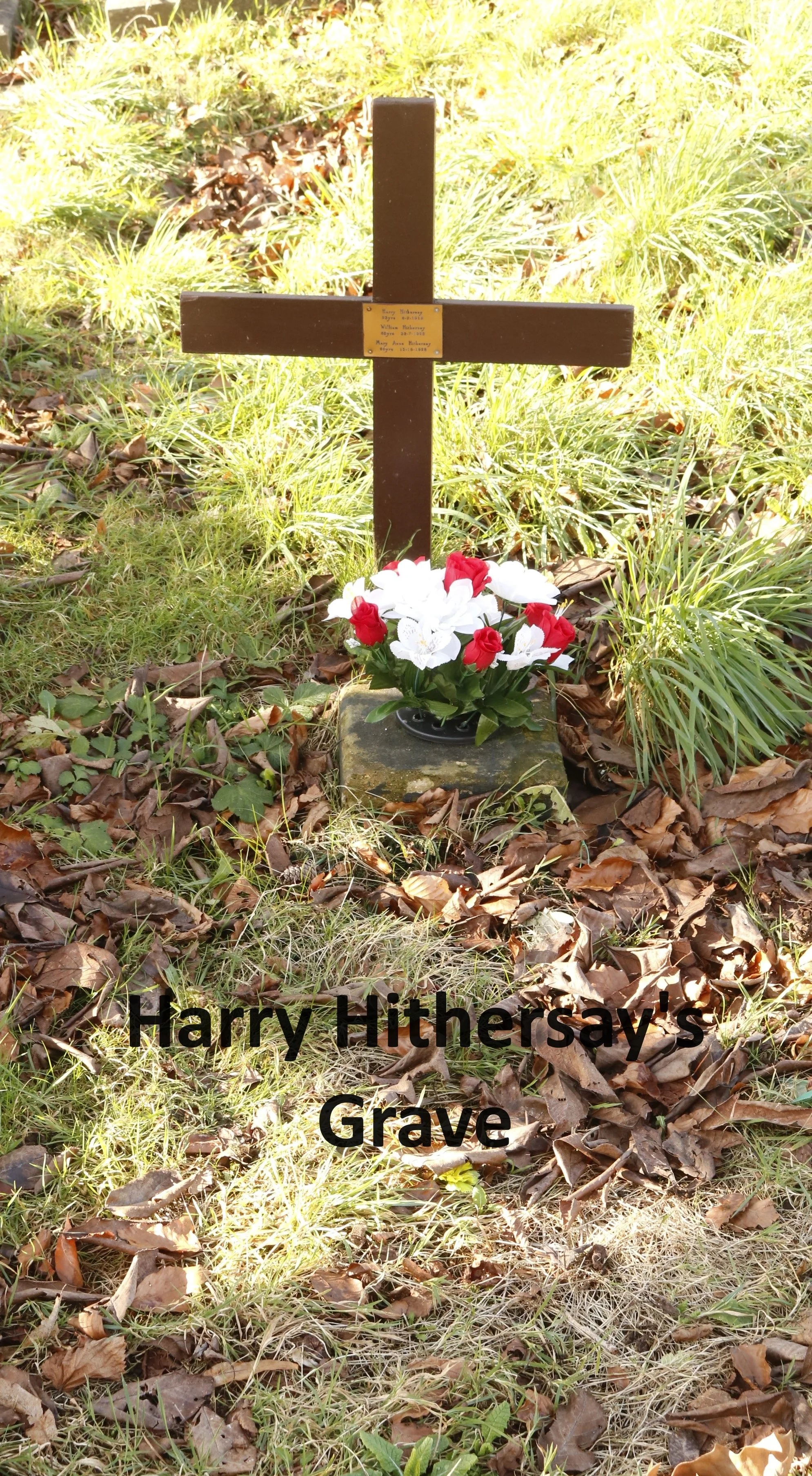Zepplin Raid 1916
On the night of 31st January 1916 - 1st February 1916, German Zeppelins carried out their first raid on Derby which resulted in the deaths of four men at Derby Locomotive Works.
These men are buried in Nottingham Road cemetery.
William Bancroft, aged 32, fitter.
Charles Henry Champion, aged 41, fitter.
James Gibbs Hardy, aged 55, engine driver.
Harry Hithersay, aged 23, fireman.
News of the approach of the Zeppelins was received around 7pm and the “Cockcrow” warning was issued. This meant that all factory buzzers, sirens, whistles etc. in the neighbourhood were sounded. Following this warning, trams stopped, street lights were extinguished, windows blacked out, and all factories ceased work extinguishing their lights. The first Zeppelins passed by as no lights were visible. Around midnight, believing the danger had passed, lights were lit and essential work resumed. Just after midnight L14 Zeppelin, which appeared to be on its way back to base, approached Derby and dropped its remaining bombs. These fell over a wide area including Rolls Royce, Carriage and Wagon Works, Litchurch Gas Works, Fletchers Lace Works and close to private houses.
The men killed at Locomotive Works, had taken refuge in a pit below an engine tender, a place thought to be safe. Regrettably, one bomb dropped only six yards away. Three men were killed outright and one man was mortally wounded.
This first sizeable raid on the Midlands was carried out by nine German naval airships. (L11, L13, L14, L15, L16, L17, L19, L20 and L21). The intention was to attack Liverpool, but no airship penetrated beyond Shrewsbury. L15, L16 and L17 made little progress inland so their courses are not shown on the map.
In total 379 bombs were dropped during the night killing 70 civilians and injuring 113 more.






